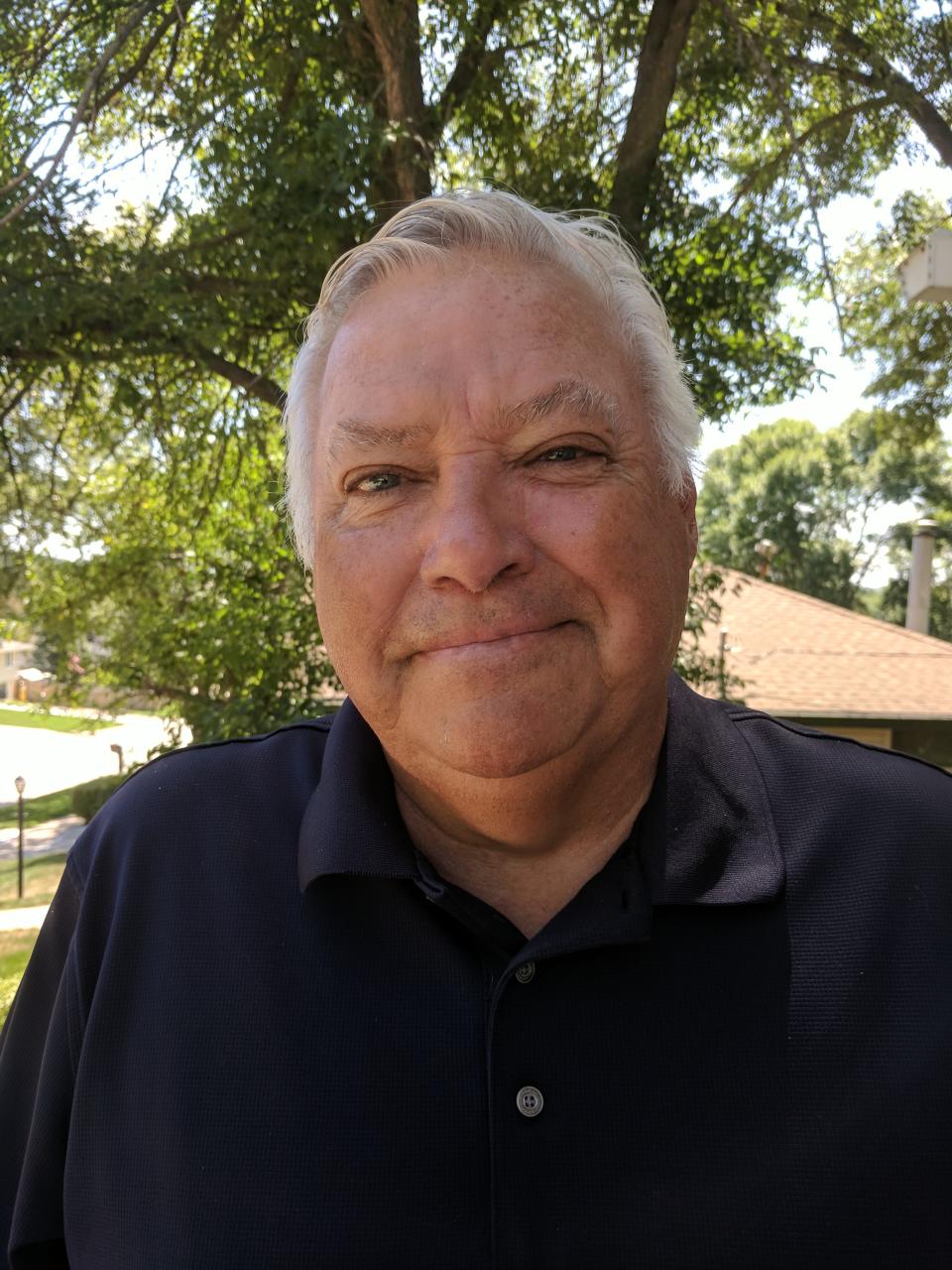Both the left and right want to ban 'To Kill a Mockingbird.' Don't rob students of understanding.
- Oops!Something went wrong.Please try again later.
When both the right and the left criticize parts of any agreement, negotiators know they’ve found the sweet spot. The same is true for books. "To Kill a Mockingbird," Harper Lee's classic novel set in fictional 1930s Maycomb, Alabama, has found that sweet spot 63 years after it was published.
The book is now the target of both the right and the left with claims that it’s not suitable for young readers, even though it has been a staple in ninth- and 10th-grade literature classes for years. I taught "To Kill a Mockingbird" for 11 years.
Why does this novel provoke each corner of the political spectrum?
Is 'To Kill a Mockingbird' racist?
It’s a coming-of-age novel. The narrator is Scout, telling the story about life with her widowed father, Atticus, and her brother, Jem.
The novel has two intersecting plots driving powerful themes. One plot focuses on the trial of Tom Robinson, a Black man wrongfully accused of raping a white woman. Atticus is his appointed attorney. He proves Tom is innocent, but he is convicted. The other is about Scout, Jem and a friend named Dill trying to lure a recluse from his home.
Do book bans mean end of free speech? You can't tell the truth about the Holocaust in Poland. Could that happen in the US?
The right’s effort to ban the book is nothing new. Those attacks started decades ago. The argument is it sends the message that all white people are racist villains. The newer version of the argument in Iowa claims controversial topics like racism and rape are not “age appropriate.”
But now, some on the left have chimed in about banning this book.
I recently read a discussion in a progressive Facebook group that focused on the language of the book as being outdated, provocative, causing discomfort among minority students. The “N-word” is frequently used by the 1930s Southern white folks, and liberals say that causes needless discomfort for students of color.
But the language of the book isn’t the only objection from the eft. Beginning in 2021 and culminating this year, four teachers in Mukilteo School District in Washington state challenged "To Kill a Mockingbird" as required reading.

They wrote in their challenge, “The book centers on whiteness. It presents a barrier to understanding and celebrating an authentic Black point of view in civil rights era literature and should be removed.”
The school board agreed and last year struck the book from required ninth-grade reading.
Others on the left claim that Atticus represents a “white savior,” which sends the wrong message to minority students.
Opinion alerts: Get columns from your favorite columnists + expert analysis on top issues, delivered straight to your device through the USA TODAY app. Don't have the app? Download it for free from your app store.
Whitewashing novels and history isn't the answer
The objections from both sides are misguided for three reasons. First, even though fiction, the book teaches unvarnished history. It allows classrooms to discuss the 1930s setting but also allows discussion of how the civil rights movement was born because of injustices like Tom’s trial.
Second, discomfort is why the book belongs as required reading. Without an uncomfortable discussion, there’s frequently no “aha moment.” Think back to the times when you walked away from class still thinking about a discussion. It was because that discussion provoked critical thinking.
Books don't change political beliefs: Students can handle exposure to different world views in school. It's adults who are fragile.
Third, one of the major themes of the book is treating everyone with dignity and respect regardless of race or status. That’s a theme we want adolescents to remember and internalize.
Atticus tells Scout, “You’ll never really understand a person until you consider things from his point of view – until you climb into his skin and walk around in it.”
Whitewashing novels, or history, to make kids and adults comfortable isn’t the answer. The answer is exploring themes like racism in the classroom, so students are prepared to deal with it.
Let’s not let both sides of the political spectrum keep our kids from experiencing uncomfortable conversations leading to real understanding.

Bruce Lear lives in Sioux City. He has been connected to public schools for 38 years. He taught for 11 years and represented educators as an Iowa State Education Association regional director for 27 years until retiring. This column first published in the Des Moines Register.
You can read diverse opinions from our Board of Contributors and other writers on the Opinion front page, on Twitter @usatodayopinion and in our daily Opinion newsletter.
This article originally appeared on Des Moines Register: 'To Kill a Mockingbird' discomforts the left and right. Kids need that

